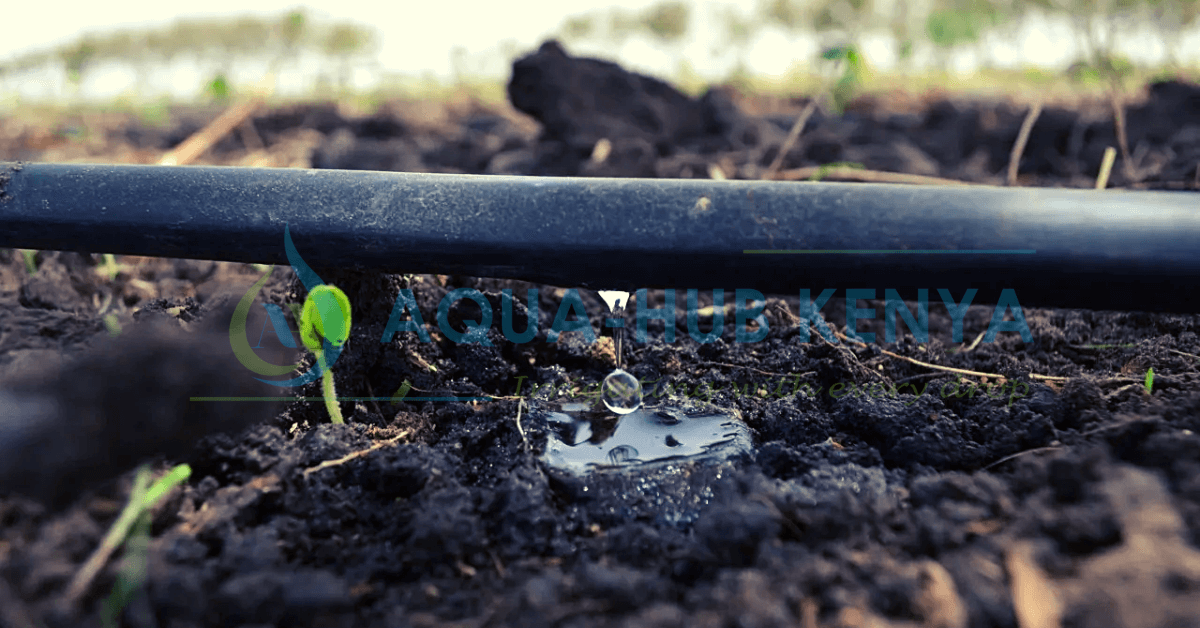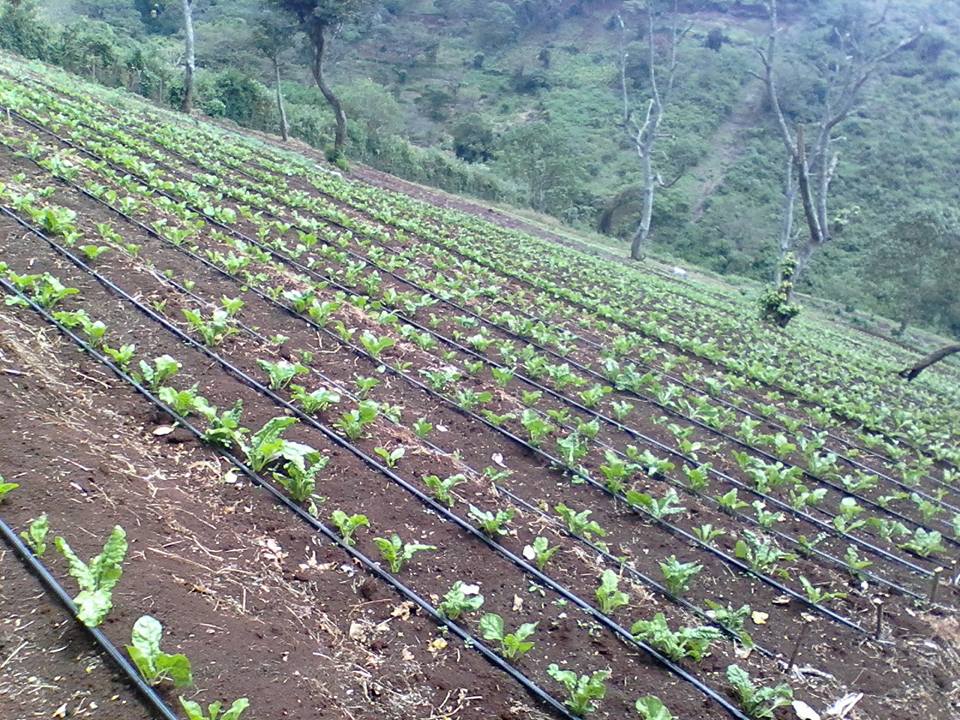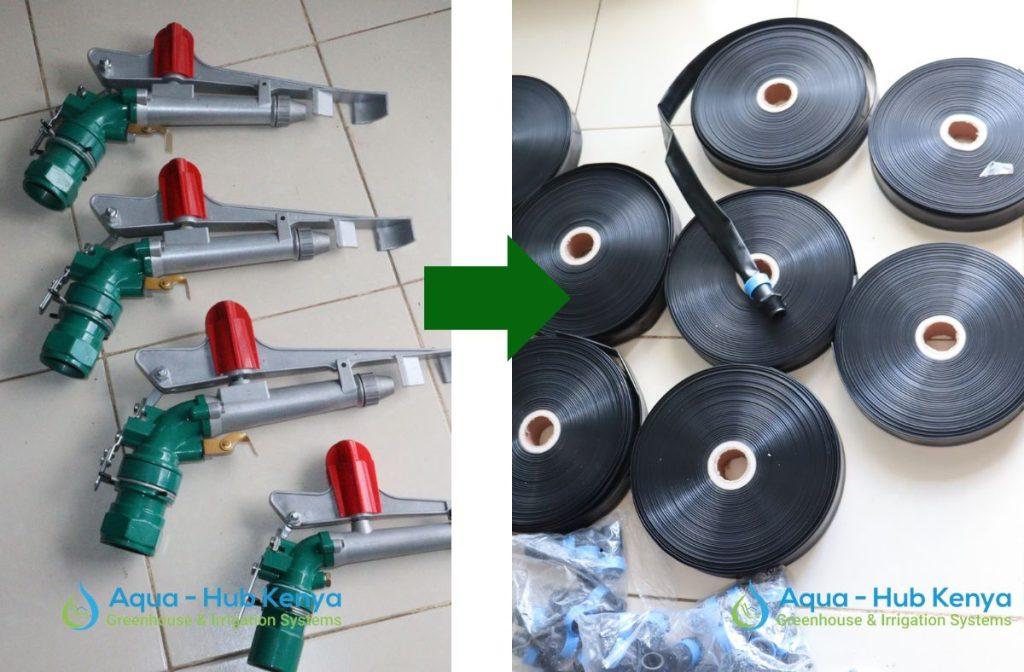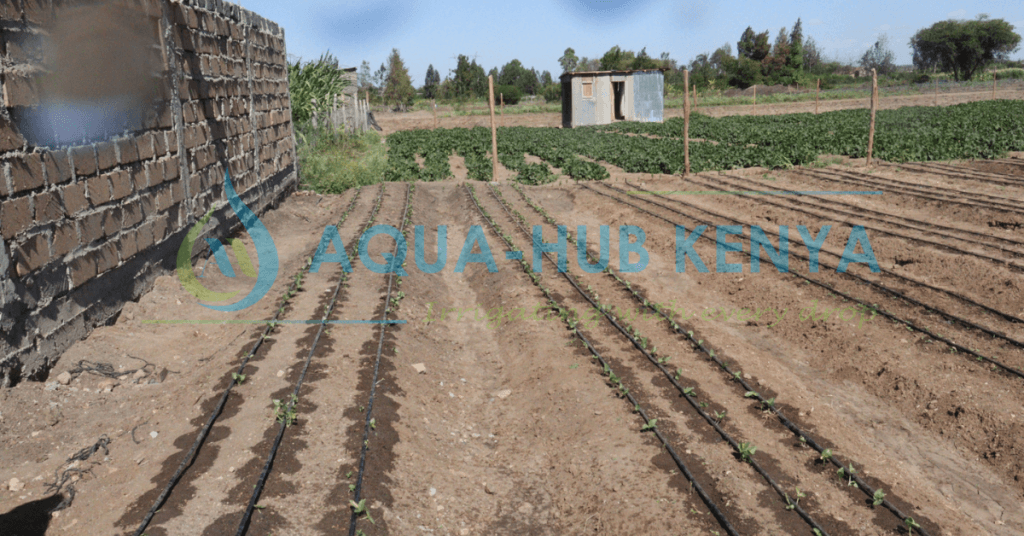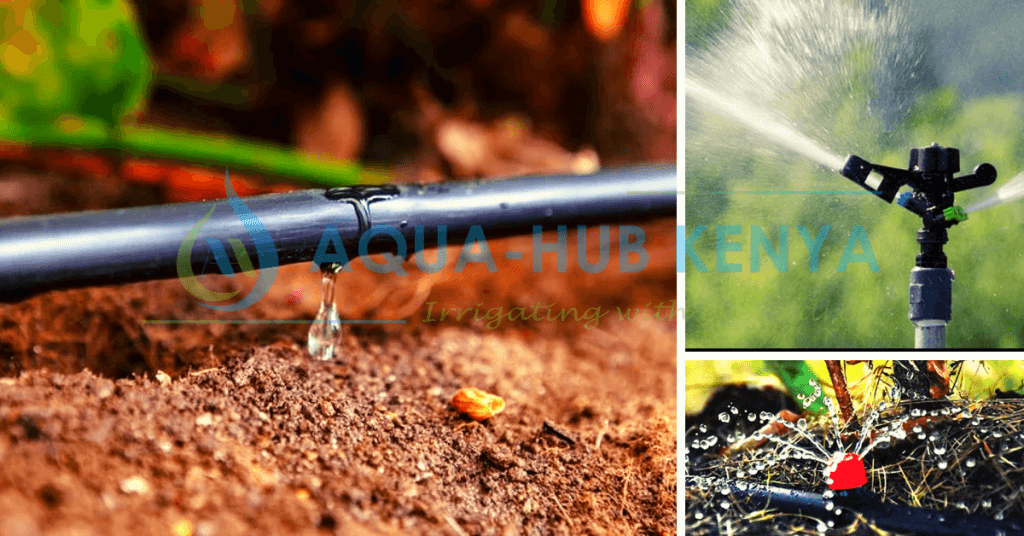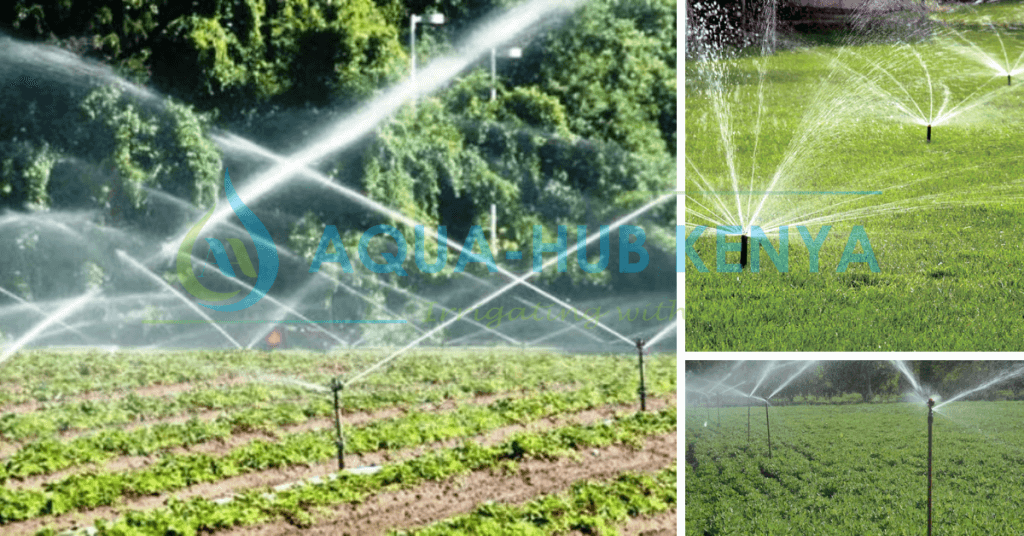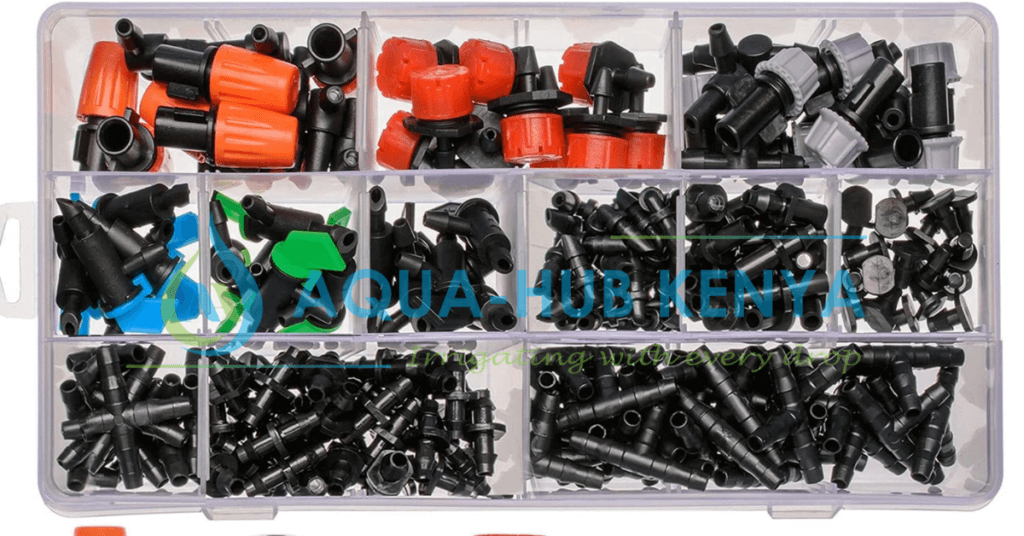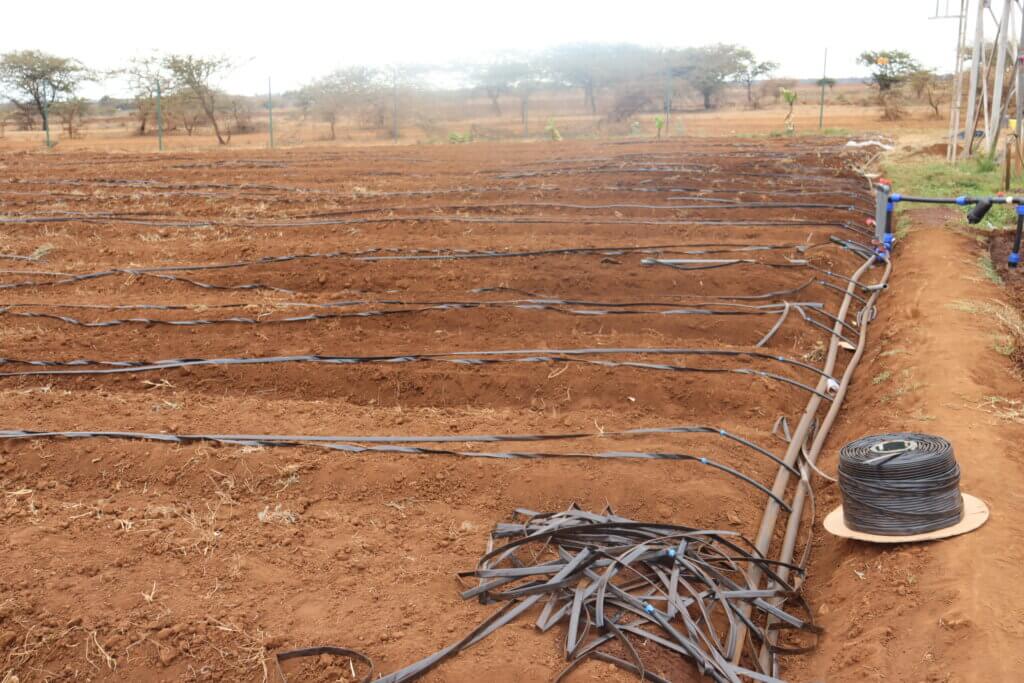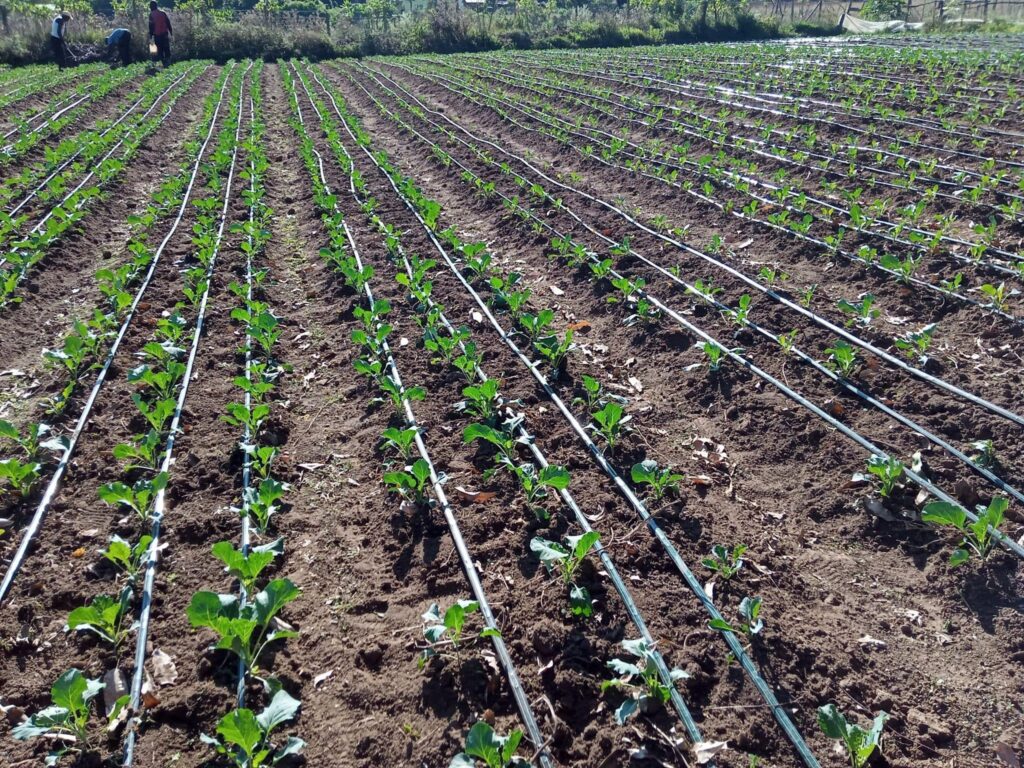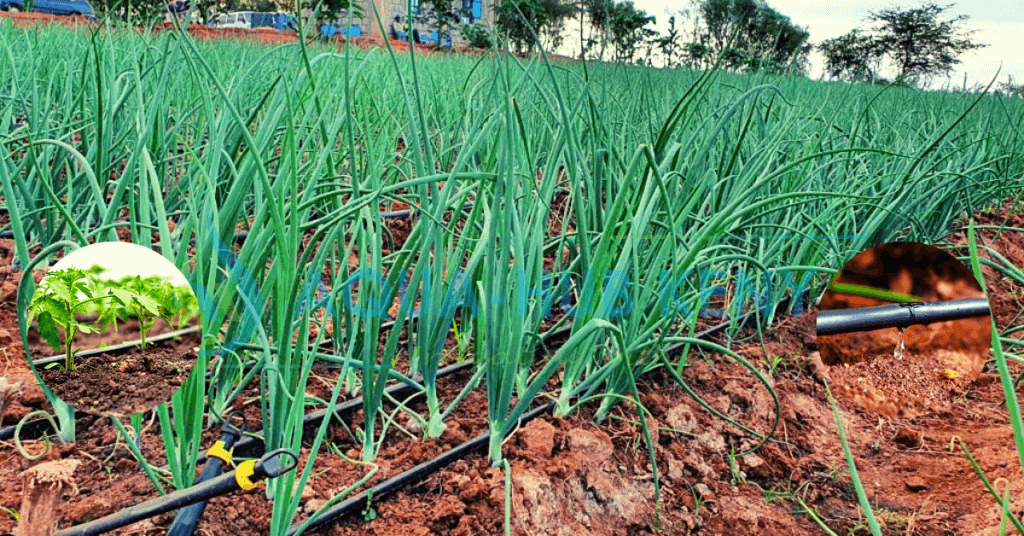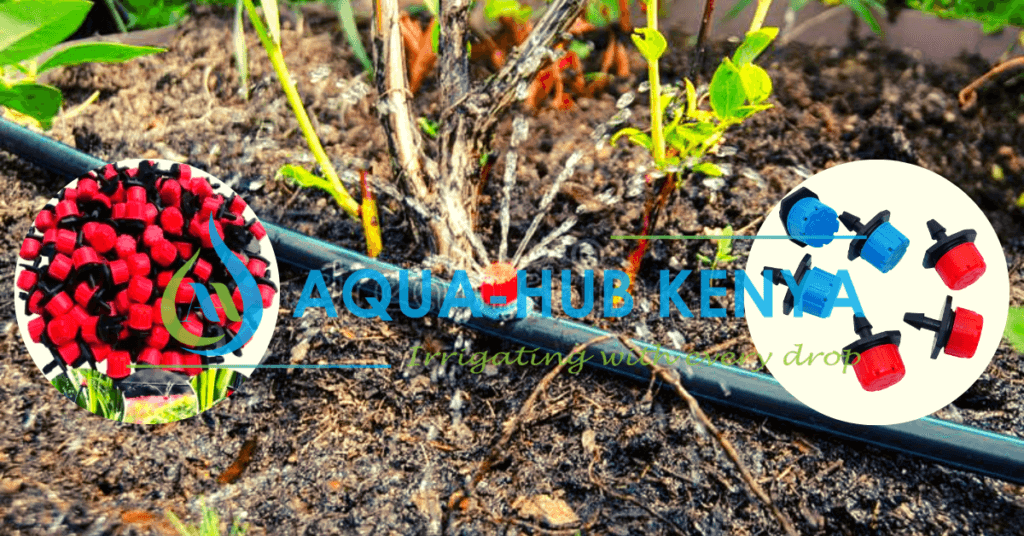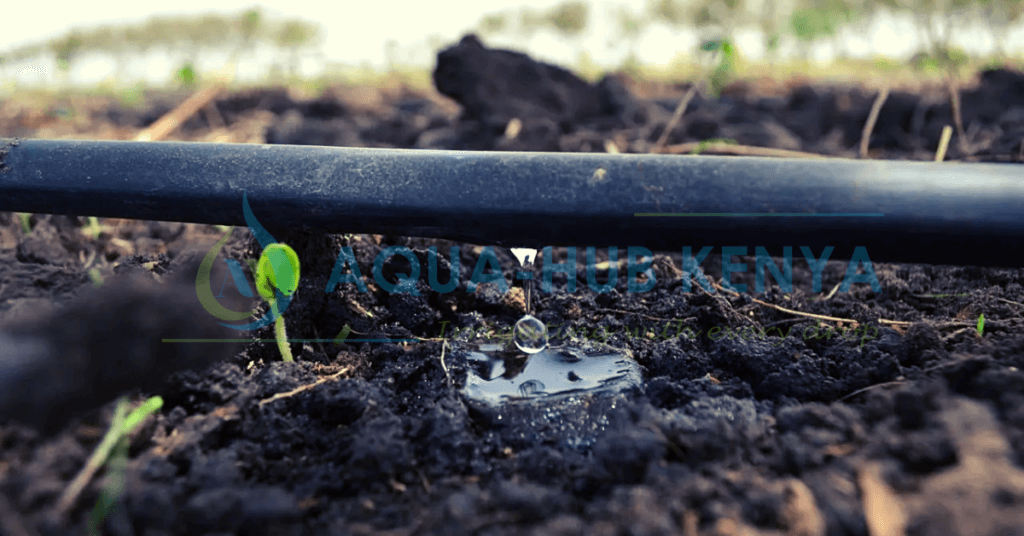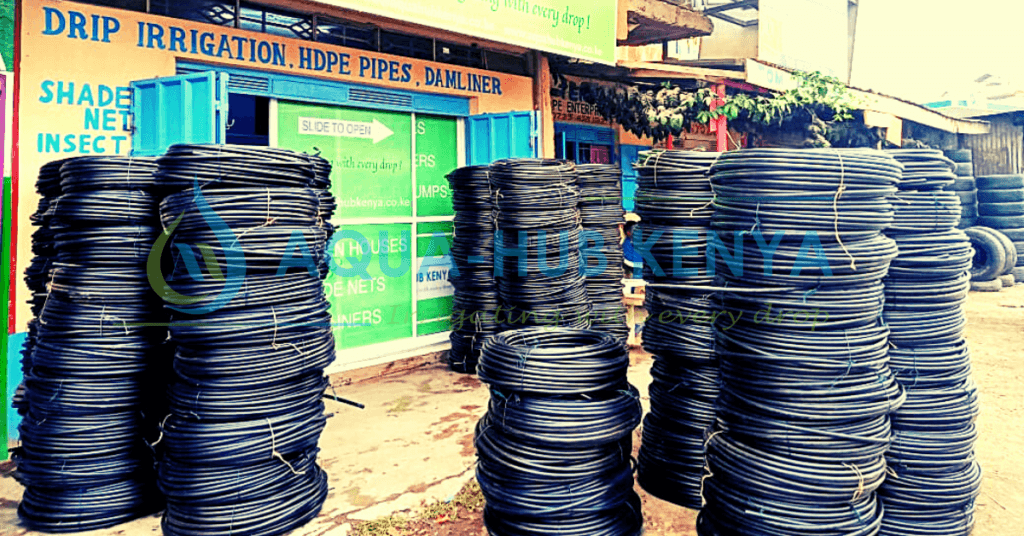There are top 10 methods of Irrigation that you can use for your farm. One of the most crucial and beneficial things in human history is irrigation. There are many different irrigation techniques, but the goal is always to provide the plant with water as effectively and efficiently as possible. The plant is one of the many things that our planet and everything on it are dependent upon. For agriculture, we require irrigation techniques because rain is a seasonal phenomenon, especially in the temperate zone. A farm may generate twice as much food with irrigation.
What is irrigation?
Instead of only depending on rainfall, irrigation is the act of watering crops, pastures, and plants with water that is by pipes, sprinklers, canals, sprays, pumps, and other artificial elements. In other words, because it is an alternative to rain-fed farming, it is a technique for a sophisticated watering system for assisting plants in growing.
It is also a method of meeting the water needs of plants or crops, as water is a vital resource for their growth. In addition, by allowing roots to penetrate dry areas, it helps produce large yields by supplying plants with the nutrients they need for growth and development.
What is irrigation farming?
Growing crops under watering conditions is irrigation farming. It is one of the most intensive methods of farming, and it emerged in dry, semiarid, and desert areas as well as places where there is insufficient precipitation during some parts of the growing season. Irrigation farming produces agricultural crops with very high assured yields.
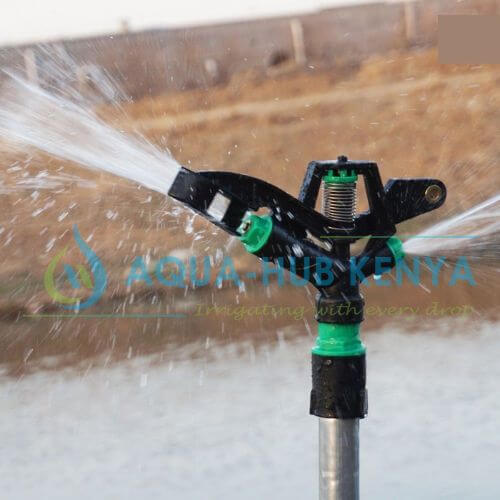
What are the top 10 methods of irrigation?
A variety of irrigation techniques are applicable to increase agricultural productivity. These irrigation techniques are applicable in accordance with various soil types, climatic conditions, crop varieties, and resource availability. These are the top 10 methods of Irrigation that are available:
1. Drip irrigation
Drip irrigation, also known as trickle irrigation, is a method of targeted irrigation in which water droplets are given directly to or near the roots of a plant at a very low flow rate.
It is an efficient method of irrigation because it reduces evaporation and water runoff. It is also applicable to all sorts of terrain and soils, and it is ideal for places with limited water resources or high water prices. Drip irrigation requires a pressure of between 0.7 and 1.4 kg/cm2 (10 and 20 psi).
2. Sprinkler irrigation
Sprinklers, as the name implies, are used to irrigate in a fashion that mimics natural rainfall. The system is set up in such a way that water is applied consistently. Water is distributed from a central position in the field using overhead high-pressure sprinklers or guns, which are often powered by pumps.
Sprinklers might also be mounted on movable platforms. Sprinklers are mounted to wheeled towers circularly to spray water overhead the plants in center pivot irrigation, which is popular in flat terrain.
3. Overhead irrigation
Sprinkler irrigation, like rainfall, is a method of supplying irrigation water. Pumping water supplies are then used to transport water through a pipe network. It is then spread into the air and sprayed throughout the entire soil surface with spray heads. As a result, it breaks down into tiny water drops that fall to the ground. Aqua Hub uses the most advanced overhead irrigation system available.
4. Rain hose Irrigation
Rain hose irrigation is a low-cost spray irrigation system. It’s a better option than utilizing sprinklers for irrigation. It is simple to set up and maintain. A flexible hose with drop holes is the Rain Hose. To maintain a consistent flow of water, these drop holes were created using nano-punching technology. The rain hose is ideal for crops with close spacing, such as onions, vegetable crops, green vegetables, groundnuts, and so on. Aqua Hub supplies all the equipment required for this type of irrigation system.
5. Localized Irrigation
Water is applicable to each plant at low pressure during localized irrigation. Water delivery to every plant in the field via tubes or a piped network. As water is just close to the base of the plant, the goal of this sort of irrigation is to only moisten a limited area, usually the plant’s root zone. Water is supplied, often in little amounts below or above the soil surface, at a very low flow rate.
6. Surface Irrigation
The method of irrigation does not wet the soil’s surface. Instead, it supplies water straight to the ground via capillarity, reducing airborne drift and runoff. It raises the water table in this manner, making it simpler for crops to get the water they require.
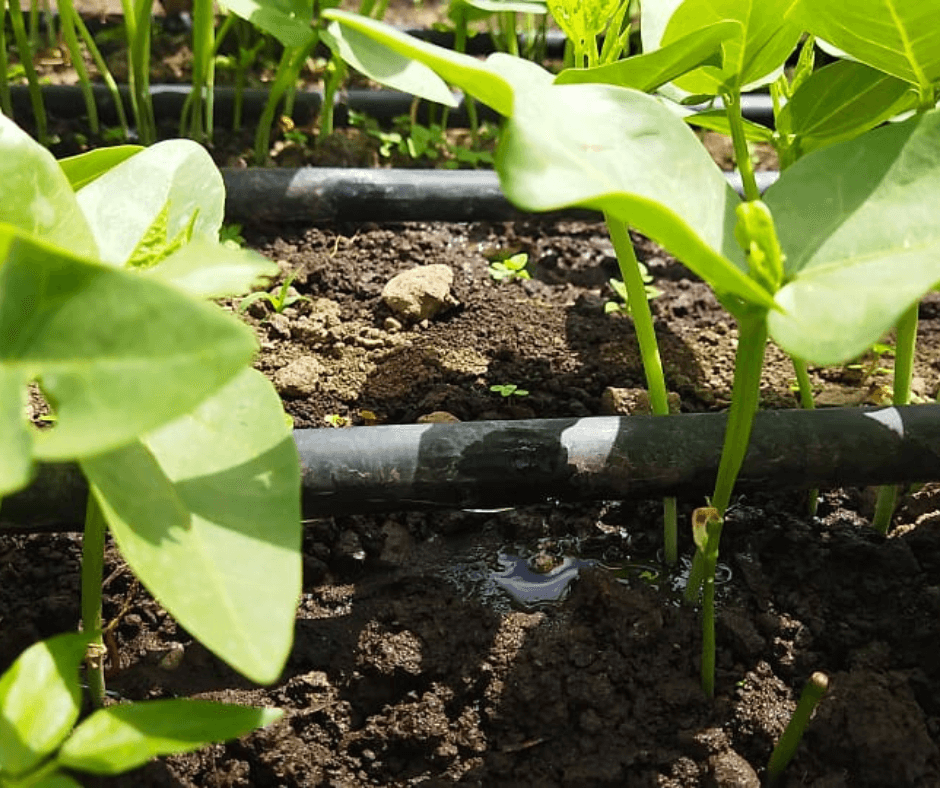
It employs subterranean pipes, tubes, or drip tape to give water to crops or plants. Its advantage is that it reduces water loss due to evaporation and increases crop yields by reducing disease and weed incidences.
7. Lateral Move Irrigation
It distributes water equally across the area by a set of pipelines or water lines. The managing of the pipelines may be by hand, which may be less effective than a man-made machine for sprinkling water all over the ground. The sprinklers only travel a prescribed distance on the field, and reconnection of the water hose is necessary to cover the next area. In comparison to other irrigation methods, lateral move irrigation is significantly less expensive, but it needs a significant amount of effort or manpower.
8. Flood Irrigation
Inundation irrigation, often known as flood irrigation, is a method of irrigation in which flooded field conditions are purposely generated, causing the soil to become entirely saturated. Following this procedure, naturally occurring rainfall is adequate for crop maturation.
9. Perennial Irrigation
It is an irrigation system that depends on a constant flow of water. The creation of a canal distribution system transfers water from a reservoir or weir to the crops.
10. Center Pivot Irrigation
Water spreads over the area by a machine of sprinklers that move on wheel like towers in a 360-degree pattern. Or a circle that moves around the land and sprinkles water all over the soil. This technique or system is highly recommended in many nations.
Depending on how you use it and what you use it for, each of these techniques is beneficial in a unique manner. The lade is important since even the greatest irrigation system occasionally appears to have problems. To make it simpler for you to care for your plants, make sure you know what kind of soil you’re utilizing and if you have a decent supply of water reservoirs nearby.
For all of your irrigation needs, get in touch with Aqua Hub Kenya. We are the leading irrigation company and irrigation specialists in Kenya. For further information, please contact us at ELDORET: 0759372241 or NAIROBI: 0790719020.

